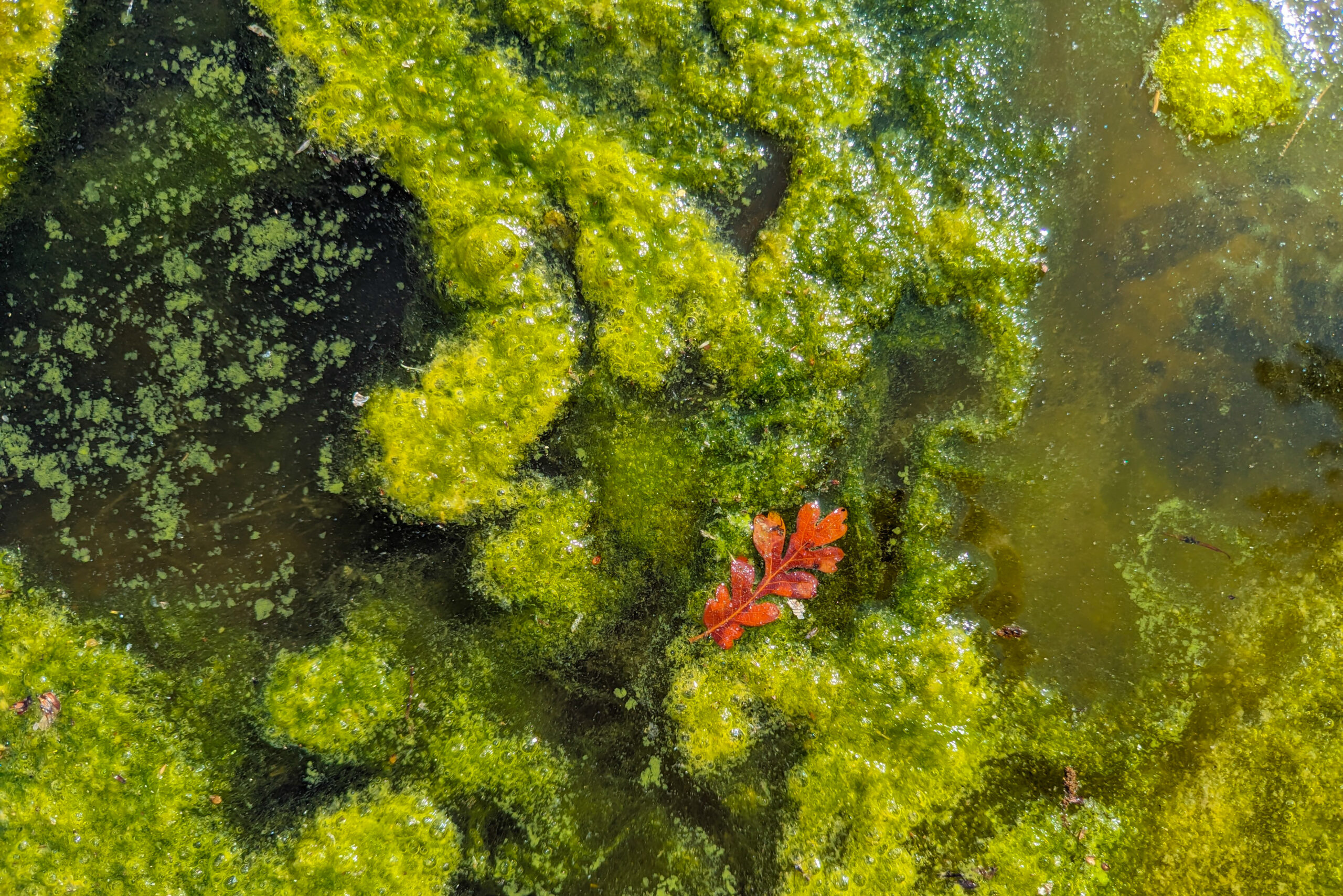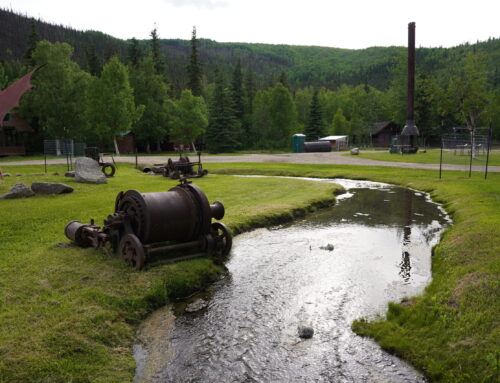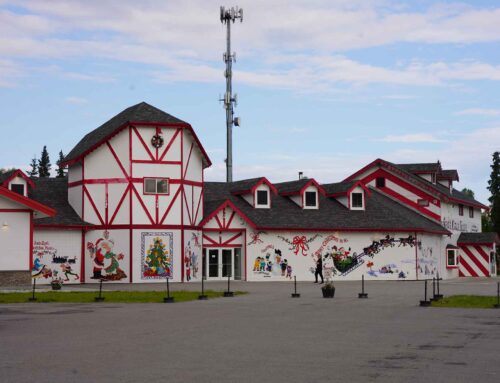Alaskan Arctic Water Marine Biology
Seven different bay regions exist in Alaska. These regions have five different Alaska marine biology ecosystems classified within them: Gulf of Alaska, Eastern Bering Sea, Aleutian Islands, Beaufort Sea, and Chukchi Sea. (NOAA) Bay areas and coastal regions provide ideal ecosystems and habitats for global marine food chains to stabilize, grow, and thrive.
Ocean biomes, characterized by their abundance of food sources and diversity, create a viable space for many different species. Microscopic marine microbiology provides protein-rich food necessary to support healthy food chains, both locally and globally.
Stabilizing Ocean Food Systems
After significant destabilizing shifts in these marine environments, the importance of surveying these microorganisms has become a focus. Marine microbiology provides a view of the relationships between bacteria, archaea, viruses, and microbial. Phytoplankton and algae form the base of these food chains in Alaska’s arctic waters. Microbes are the primary food source for all other forms of life that we observe in the ocean. And, in turn, become a food source for terrestrial life.
Elements of Arctic Waters
Arctic waters have specific attributes that contribute to the balance of these food systems: predator-prey balance, natural mineral deposits melting from glacial ice, and tidal currents. The rate of melting of glacial ice affects the natural mineral deposits that feed primary life forms like phytoplankton.
That influences the food source supply for larger predator species. If a microorganism population becomes imbalanced, predators will seek a new food source. Once that balance changes we can observe and note the introduction of new bacteria and viruses that arrive with tidal currents that are simultaneously changing as well. A new dynamic relationship between microbes and other species balances the ecosystem.
Phytoplankton
Phytoplankton is a good example and marker of these shifts and changes for the ecosystem as a whole. This microorganism has vegetative, resting, and bloom stages in this life cycle. Microorganisms vegetate in the cooler and darker oceanic layers. As phytoplankton rest and absorb essential food resources they start to photosynthesize and rise into the warmer surface layers of these arctic waters. This is when blooming happens and offers a food source.
As surface-level water temperatures have become warmer, these essential microscopic organisms have become prolific in their growth. So much so that typical predators cannot consume this food source’s production at the rate it is produced. When this happens, we can see the shift in bacteria and viruses that are transported in by cold water currents.
Balancing Microorganisms
These viruses and bacteria try to become a new predator species to this food source. Simultaneously, the ecosystem has to balance to these newly formed and introduced microorganisms. They act to combat or become new consumers in the ecosystem. Once this shift happens in microhabitats, we see these reflections in macro-organisms like whales and large fish. Eventually, this impacts terrestrial life. Some of these bacteria and viruses can be helpful to the ecosystem; others evolve and have a harmful effect on other flora and fauna.
Sustainability and Discovery
Before Alaska became Alaska, thousands of people inhabited this region. They had relations with the land that held vibrant connections between ecosystems and food sources. This area is known for its ability to attract migratory species that travel thousands of miles for food source through ancient migration routes. Once this area was recognized for its abundance of resources both on land and sea, human migrations to this region increased.
Many species, including humans, visit this region to stabilize from inhospitable conditions, food sources to recover, and stabilize habitats to thrive and grow. However, during the 1700s, these indigenous lifeways were permanently altered after the trade and the purchase of Alaska. The sale and purchase happened through decades of land disputes, native massacres and exploitations, and the increase of natural resource extraction. (Native Food Sovereignty)
Environmental Acknowledgement
Since the acknowledgment of these events, private, public, and Indigenous communities have worked together to observe and work toward supporting recovery in these biomes. There are many research centers, well-established academia partners, and local organizations that practice stewardship in these arctic waters. With a more collective and collaborative perspective, we hope for better forward movements with these ongoing issues and discoveries.






